“Two Stories about Flying” is a chapter from the Class 10 CBSE English textbook, “First Flight.”
This chapter consists of two separate stories that share the common theme of flying.
Part 1: His First Flight by Liam O’Flaherty
Summary:
“His First Flight” is about a young seagull who is afraid to make his first flight. Despite his younger siblings already mastering the art of flying, the young seagull is hesitant and nervous. He fears that his wings might not support him. His parents, trying to encourage him, scold and threaten him with starvation.
Finally, his mother devises a plan to coax him into flying. She tempts him with a piece of fish, and as he moves closer to grab the food, he falls over the edge of the ledge. Initially frightened, he realizes he can fly and feels the joy and freedom that come with it. The story ends with the young seagull successfully flying and joining his family in the sky.
Explanation:
This story highlights themes of fear, courage, and self-discovery. The young seagull’s journey represents the challenges we face when stepping out of our comfort zones. It shows how overcoming fear can lead to personal growth and newfound confidence. The parents’ tough love approach and the mother’s strategic plan underline the importance of encouragement and sometimes a little push to help others realize their potential.
Part 2: The Black Aeroplane by Frederick Forsyth
Summary:
“The Black Aeroplane” is a story about a pilot who is flying his Dakota aircraft from France to England. During the flight, he encounters a storm, and the compass and other instruments fail. Just as he starts to despair, a mysterious black aeroplane appears next to him.
The pilot of this plane gestures for him to follow, leading him safely out of the storm. Once clear of the storm, the mysterious plane disappears, and the narrator lands safely. Upon landing, he inquires about the black aeroplane, but the control tower informs him that no other planes were seen on the radar, leaving the identity of the black aeroplane and its pilot a mystery.
Explanation:
This story blends elements of suspense and the supernatural. It explores themes of guidance and unseen help, suggesting that sometimes assistance comes from unexpected and mysterious sources. The black aeroplane symbolizes hope and support in times of distress. The mystery surrounding the plane adds a layer of intrigue, leaving the reader to ponder whether the experience was real or a figment of the pilot’s imagination.
Conclusion
Both stories in “Two Stories about Flying” explore the concept of flight not just as a physical act but as a metaphor for overcoming challenges and fears. The young seagull’s story teaches us about the importance of taking that first step towards independence and self-reliance. The mysterious black aeroplane in the second story serves as a reminder that help can come when least expected, guiding us through turbulent times. Together, these stories inspire courage, resilience, and faith in the face of adversity.
Questions and Answers
Part 1: His First Flight
1. Why was the young seagull afraid to fly?
- Answer: The young seagull was afraid to fly because he feared that his wings would not support him and he would fall into the sea.
2. How did the seagull’s parents try to encourage him to fly?
- Answer: The seagull’s parents tried to encourage him by calling to him shrilly, scolding him, threatening to let him starve on the ledge, and ultimately, his mother used a piece of fish to tempt him to fly.
3. What role did the mother seagull play in helping the young seagull take his first flight?
- Answer: The mother seagull played a crucial role by using a piece of fish to tempt the young seagull. As he moved towards the fish, she stepped back, making him jump off the ledge, which led to his first flight.
4. Describe the young seagull’s feelings when he first started flying.
- Answer: Initially, the young seagull felt a mix of fear and excitement. He was terrified at first but soon felt exhilarated and joyous as he realized he could fly.
5. What does the story of the young seagull symbolize?
- Answer: The story symbolizes the challenges of overcoming fear and stepping out of one’s comfort zone. It also highlights the importance of encouragement and the realization of one’s potential through perseverance.
Part 2: The Black Aeroplane
6. What challenges did the pilot face during his flight in “The Black Aeroplane”?
- Answer: The pilot faced severe challenges when he encountered a storm. His compass stopped working, and his radio communication failed, making it difficult for him to navigate.
7. How did the pilot feel when he saw the black aeroplane?
- Answer: The pilot felt relieved and hopeful when he saw the black aeroplane, as its pilot guided him through the storm, showing him a way to safety.
8. What happened to the black aeroplane after it helped the pilot?
- Answer: After guiding the pilot safely out of the storm, the black aeroplane mysteriously disappeared. The pilot could not find any trace of it once he landed.
9. What did the pilot learn about the black aeroplane from the control tower?
- Answer: The control tower informed the pilot that there was no other plane on their radar during the time he was flying, leaving the pilot puzzled about the identity of the black aeroplane.
10. What is the central theme of “The Black Aeroplane”?
- Answer: The central theme is the idea of mysterious help and guidance in times of distress. It also touches upon the unexplained and supernatural aspects, leaving the reader to contemplate the mysterious assistance the pilot received.
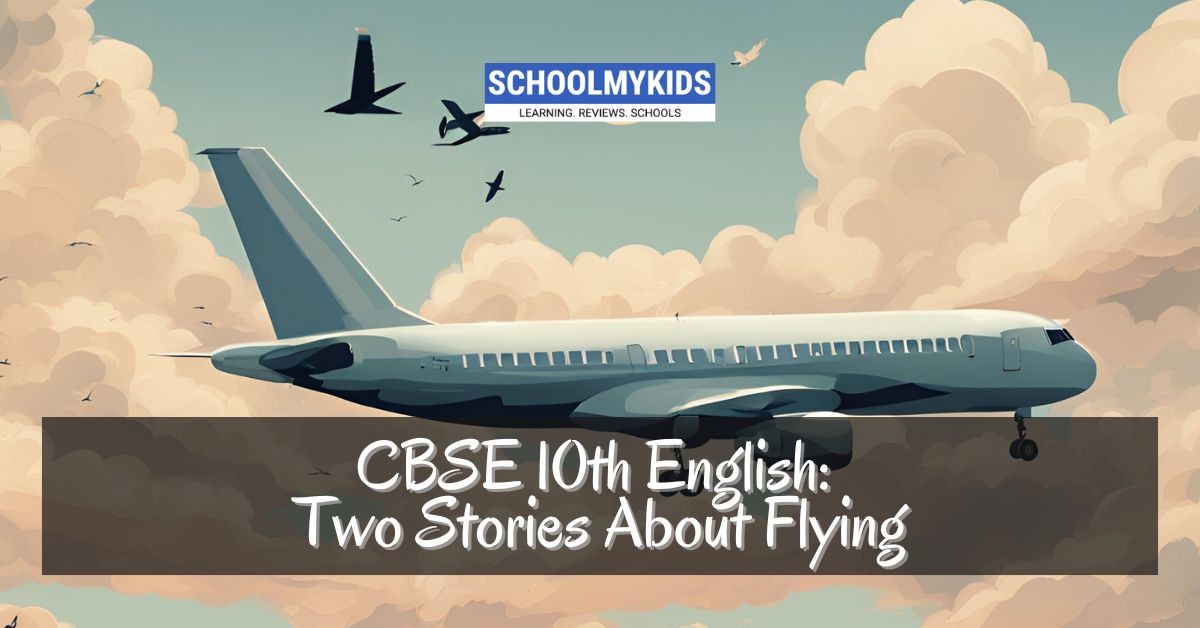

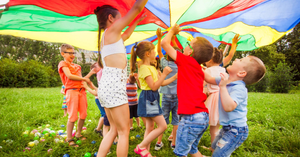
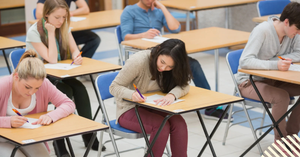
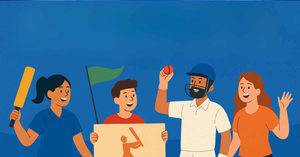
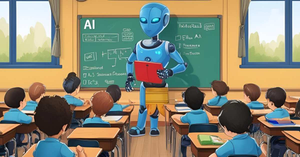
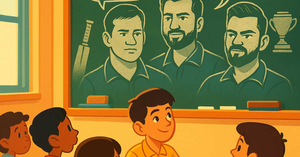

Be the first one to comment on this story.